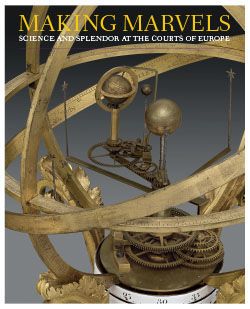Chess and backgammon game board
Circle of Georg Schreiber German
The amber this board is made from provides a rich golden surface across which chess pieces could be moved, a fitting stage for aristocrats to rehearse the strategic thinking used in warfare and diplomacy. Chess was both entertaining and educational, and the game was popular with affluent players, especially royal patrons. Many surviving boards and pieces were designed with such audiences in mind, using sumptuous materials and intricate decorations.
This image cannot be enlarged, viewed at full screen, or downloaded.
This artwork is meant to be viewed from right to left. Scroll left to view more.














